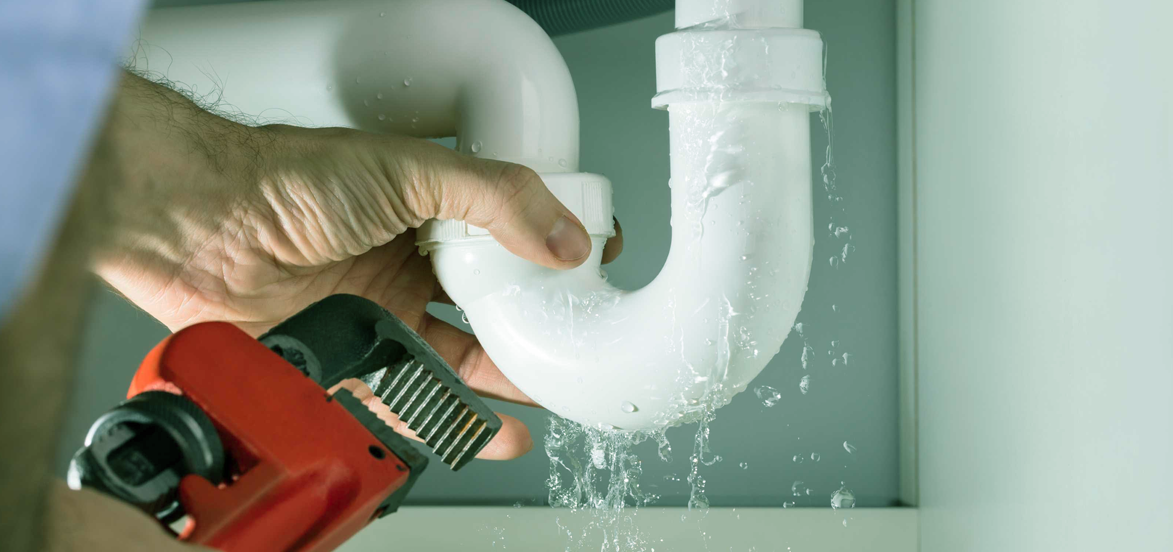Overview To Water Leakage Detection At Home
Overview To Water Leakage Detection At Home
Blog Article
We've stumbled on this article on Leaking water lines below on the net and thought it made perfect sense to talk about it with you on my blog.

Early detection of dripping water lines can minimize a prospective disaster. Some tiny water leakages might not be visible.
1. Take A Look At the Water Meter
Every residence has a water meter. Examining it is a guaranteed way that aids you uncover leaks. For beginners, turn off all the water sources. Make sure nobody will certainly purge, make use of the faucet, shower, run the washing equipment or dish washer. From there, go to the meter and watch if it will change. Given that nobody is using it, there must be no movements. That indicates a fast-moving leakage if it moves. Furthermore, if you find no changes, wait a hr or more and also inspect back once more. This implies you might have a sluggish leakage that can even be below ground.
2. Check Water Usage
If you detect sudden adjustments, despite your usage being the same, it implies that you have leakages in your plumbing system. An abrupt spike in your costs indicates a fast-moving leak.
A consistent rise every month, also with the very same behaviors, shows you have a slow leak that's additionally gradually rising. Call a plumber to extensively examine your residential or commercial property, particularly if you feel a warm area on your floor with piping underneath.
3. Do a Food Coloring Examination
When it comes to water consumption, 30% comes from toilets. Test to see if they are running correctly. Drop specks of food shade in the container and also wait 10 mins. If the shade somehow infiltrates your bowl during that time without flushing, there's a leakage in between the tank and also dish.
4. Asses Exterior Lines
Don't fail to remember to inspect your outside water lines too. Ought to water leak out of the link, you have a loose rubber gasket. One little leak can throw away bunches of water as well as surge your water costs.
5. Check as well as Evaluate the Circumstance
House owners ought to make it a behavior to check under the sink counters as well as also inside cabinets for any type of bad odor or mold and mildew development. These two red flags show a leak so timely interest is called for. Doing routine assessments, also bi-annually, can save you from a significant trouble.
Examine for stainings and also damaging as the majority of pipelines as well as devices have a life span. If you presume leaking water lines in your plumbing system, don't wait for it to escalate.
Early discovery of dripping water lines can alleviate a prospective catastrophe. Some little water leakages may not be visible. Examining it is a surefire way that helps you uncover leakages. One small leak can waste bunches of water and also surge your water costs.
If you presume leaking water lines in your plumbing system, don't wait for it to intensify.
How to Know If Your Home Has a Hidden Leak
Water Meter Reveals Inexplicable Water Usage
If you’d like to test whether or not there’s a leak somewhere in your home, you can do this using your water meter. Here is how to conduct the test:
Don’t use any water in your home for at least 30 minutes; this also means not turning on faucets or water-using appliances.
Go outside, and check your water meter for activity.
If your water meter shows that there was activity, even though no one was using any water, this proves that there is a leak in your home.Visible Mold or Mildew Growth
Leaks behind walls create moist, dark environments that allow mold and mildew to grow and thrive. Eventually, you might see mold growth forming on the wall closest to a hidden leak.
If mold is growing in an area that receives a high amount of moisture, such as a bathroom, it may simply be an indication that better ventilation is needed. However, if you see mold growth on a wall or the ceiling in an area where you would not expect, you probably have a hidden leak.
Musty, Mildew Odor
Sometimes you might not be able to see the mold or mildew that is growing as a result of a leak. However, the smell can give the problem away just as easily. If you catch a whiff of something musty, there’s a good chance that old water is collecting somewhere in your home that you can’t see.
Stained/Warped Walls, Ceilings, or Floors
When your home soaks up water, a variety of red flags can become visible, including ceiling stains, bubbling drywall, warped walls, and sagging floors. While these issues can be caused by excess humidity, they can also be signs that a pipe or plumbing connection has started leaking behind your walls.
Inexplicably High Water Bill
After a while, you get a general sense for what your water bill should be. If you own a pool or sprinkler system, your bill will tend to be higher during summer. However, if you receive a water bill that seems especially high, and you can’t figure out what caused it, then you may have a hidden leak somewhere that’s increasing your bill.
https://www.plumbingjoint.com/blog/2019/july/how-to-know-if-your-home-has-a-hidden-leak/

Do you appreciate reading up on Finding hidden leaks? Create a short review down the page. We'd be pleased to see your thoughts about this content. In hopes that you come back again before long. Do you know about somebody who is looking into Top leak detection hacks? Please feel free to promote it. Thanks a lot for your time. Come back soon.
Report this page